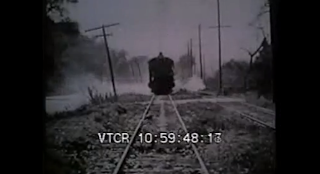3. Soviet Montage and Formalism
- Constructive editing was Pudovkin’s idea that it is the way the shots are put together is what gives meaning to a film. According to his ideas, the shots themselves do not matter. In addition, long shots were too realistic, and close ups, symbols, etc. were what really gave viewers understanding.
- The Kuleshov effect is the idea that it is the position of shots in a film that gives us the emotion inherent in a film.
- An Eisenstein Montage is a set of shots containing images that severely contrast one another in order to give it more emotional punch. Take the film “Odessa Steps” there is great deal of clashing color (well, just black and white) that suddenly switches shot to shot, giving it a very exciting feeling. This is also coupled with the amount of action in each shot, going from slow to fast instantly.
Like this.
4. Andre Bazin and the Tradition of Realism
a. Bazin believed that those who edited shots were manipulating the meaning for their own reasons, and ignored the impact of realistic shots. He was also critical of the sole use of montages, insisting that there was more to film making then that one technique. The classical version of cutting took away from a viewer being able to interpret the film for his/herself.
b. Realists strive to make works that allow the film goer to get their own meaning from the shots, and keep the continuity of real life, that it brought its own meaning as well without the need for editing.
c. Realist techniques include the use of long shots, lengthy scenes, in general moving the camera around instead of editing shots together.




